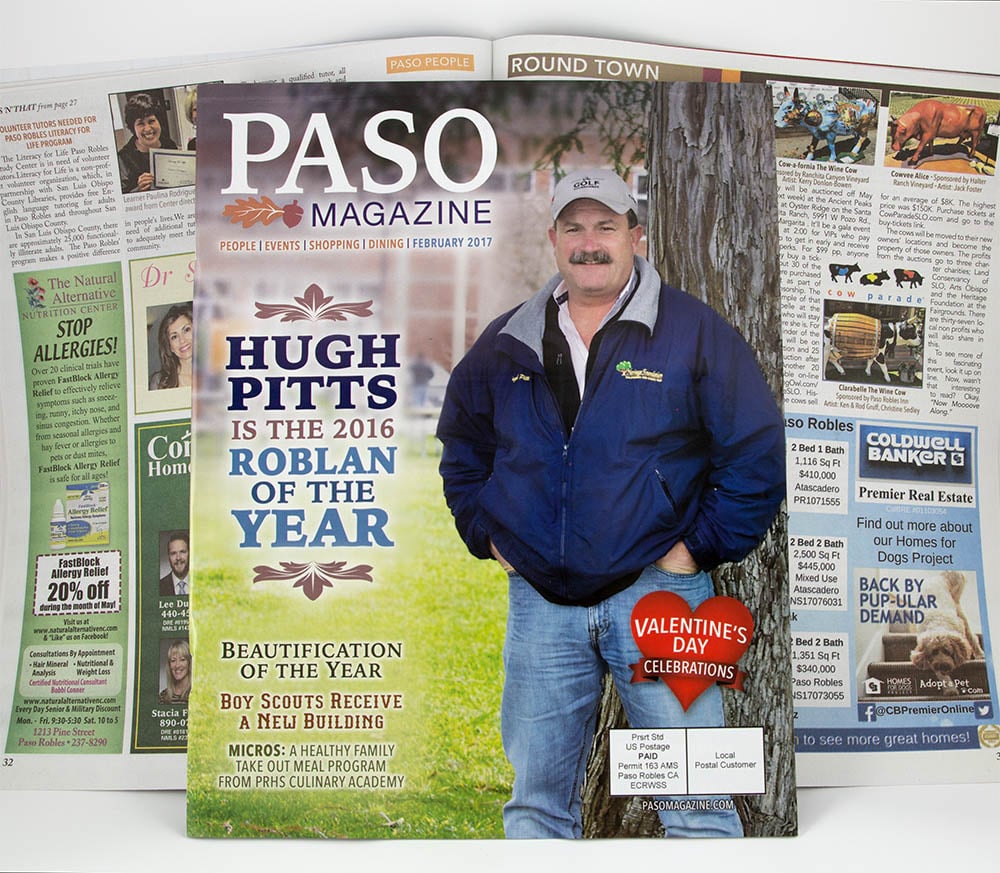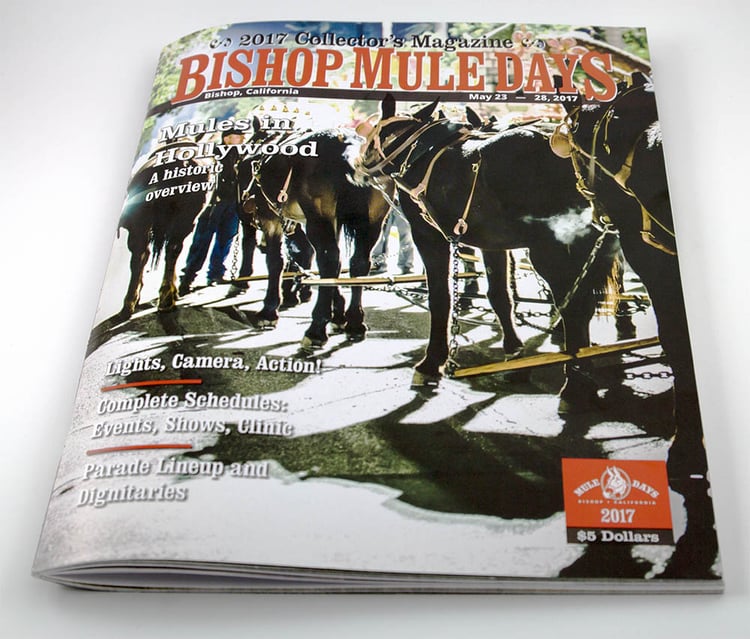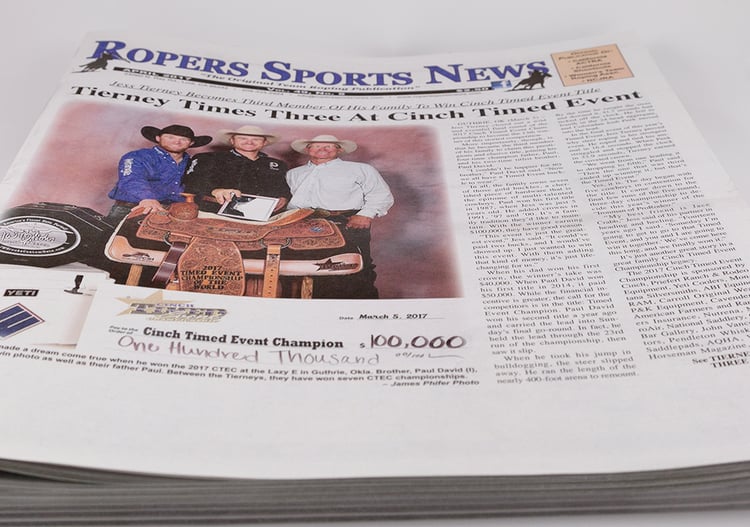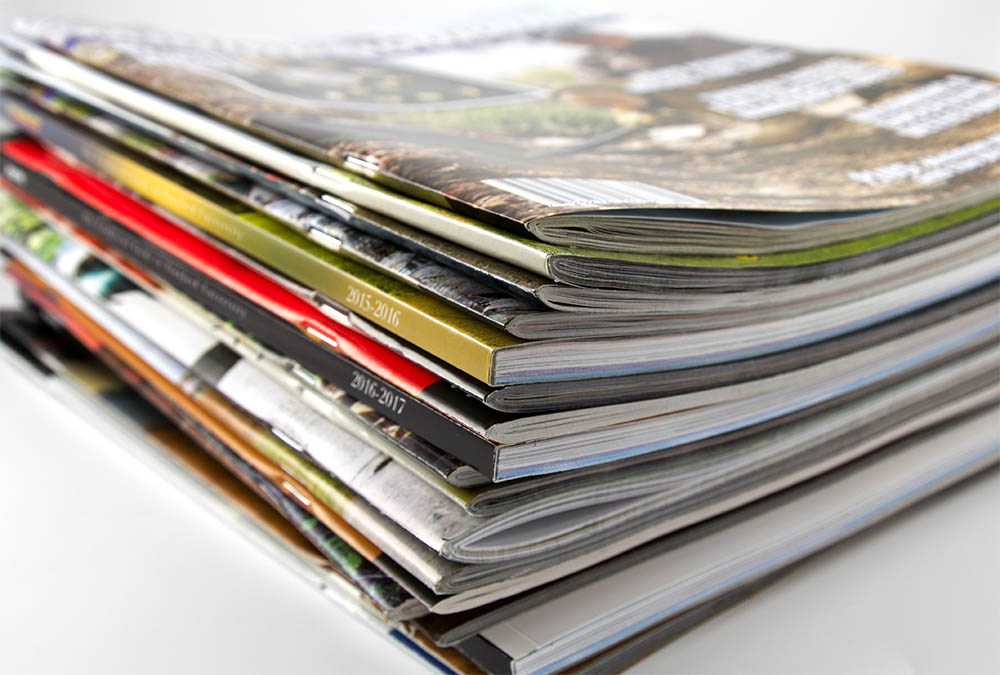There are a plethora of different sizes, shapes and formats from which magazine and catalog publishers can choose – but (there’s always a “but”, right?) if you are looking for that perfect combination of format, quality and price, following are some suggestions:
The Combo Book

At a finished size of 8.25 X 10.75 this gem combines the best of both worlds;
4 page cover “wrap” printed on a 70lb to 100lb Coated (gloss or matte) Book paper, produced on a sheetfed press, for that beautiful, glossy, high quality look.
and…
The inside pages on a 50lb to 60lb uncoated text paper printed on a coldest web press for that visually pleasing, yet cost effective, production process.
As described above, this format utilizes a combination (hence the title “Combo Book”) of both coldest web press printing and sheet fed press printing, as well as bindery. It is best produced by a printing company that offers all those services in-house.
The Combo Book is most often bound using the saddle stitching method, (staples in the spine) but for larger pages counts (upwards of 144 pages) it is frequently perfect bound (edge ground flat and glued)
The Glossy Magazine

This format, usually at a finished size of 8.5 X 11, features that beautiful, high quality, image rich content for an upscale look and feel. Requiring a printing company that operates a multi-unit, large format, sheet fed press, the Glossy Magazine boasts a heavier paper stock on the cover (typically a 80lb to 100lb coated Cover weight paper) occasionally with a textured treatment, and a nice 80lb to 100lb Text weight paper, with a gloss or matte finish, on the inside pages.
Best suited for smaller page counts (8 to 48 pages) and shorter run lengths (less than 100,000) the Glossy Magazine will leave the reader hankering for more!
The Tabloid

Usually sporting a larger finished size, ranging from 10 X 13 to 11.375 X 17 (and all sizes in between) the Tabloid is efficient and cost effective, but again, requires a printing company with a wide range of equipment offerings from web and sheet fed presses to a complete bindery.
The tabloid offers publishers great versatility in that it can be produced in a combo style, utilizing both glossy and uncoated papers for economy (see Combo Book, above) and bound (stapled) product, or it can be produced on an uncoated

